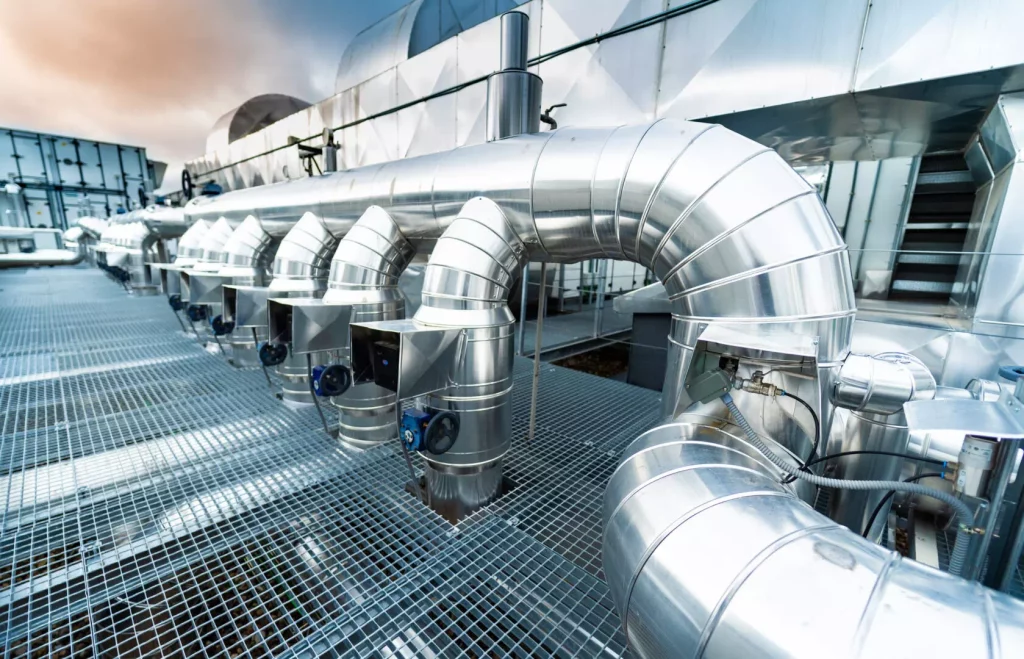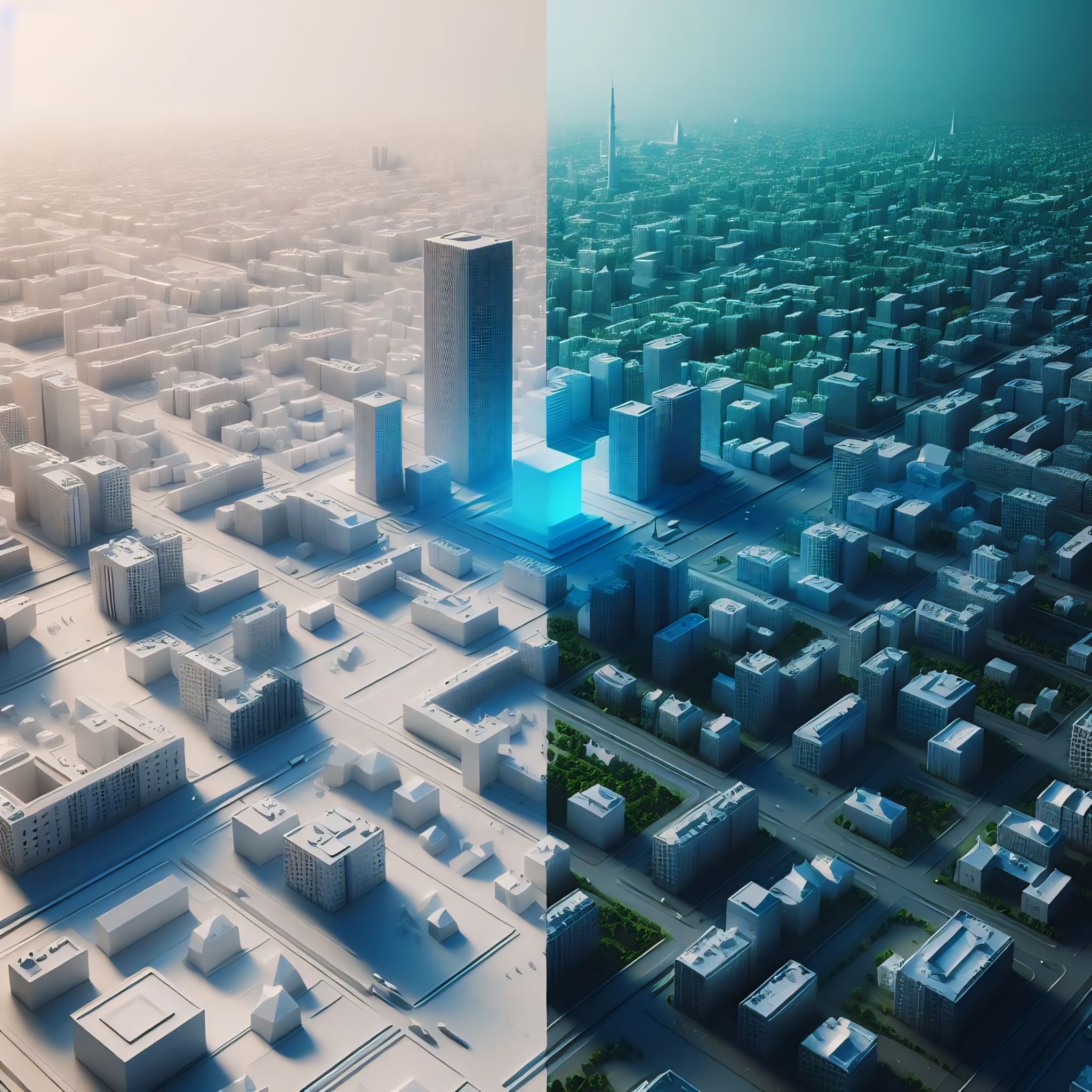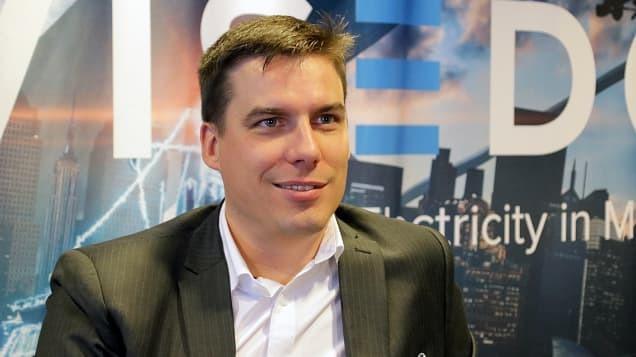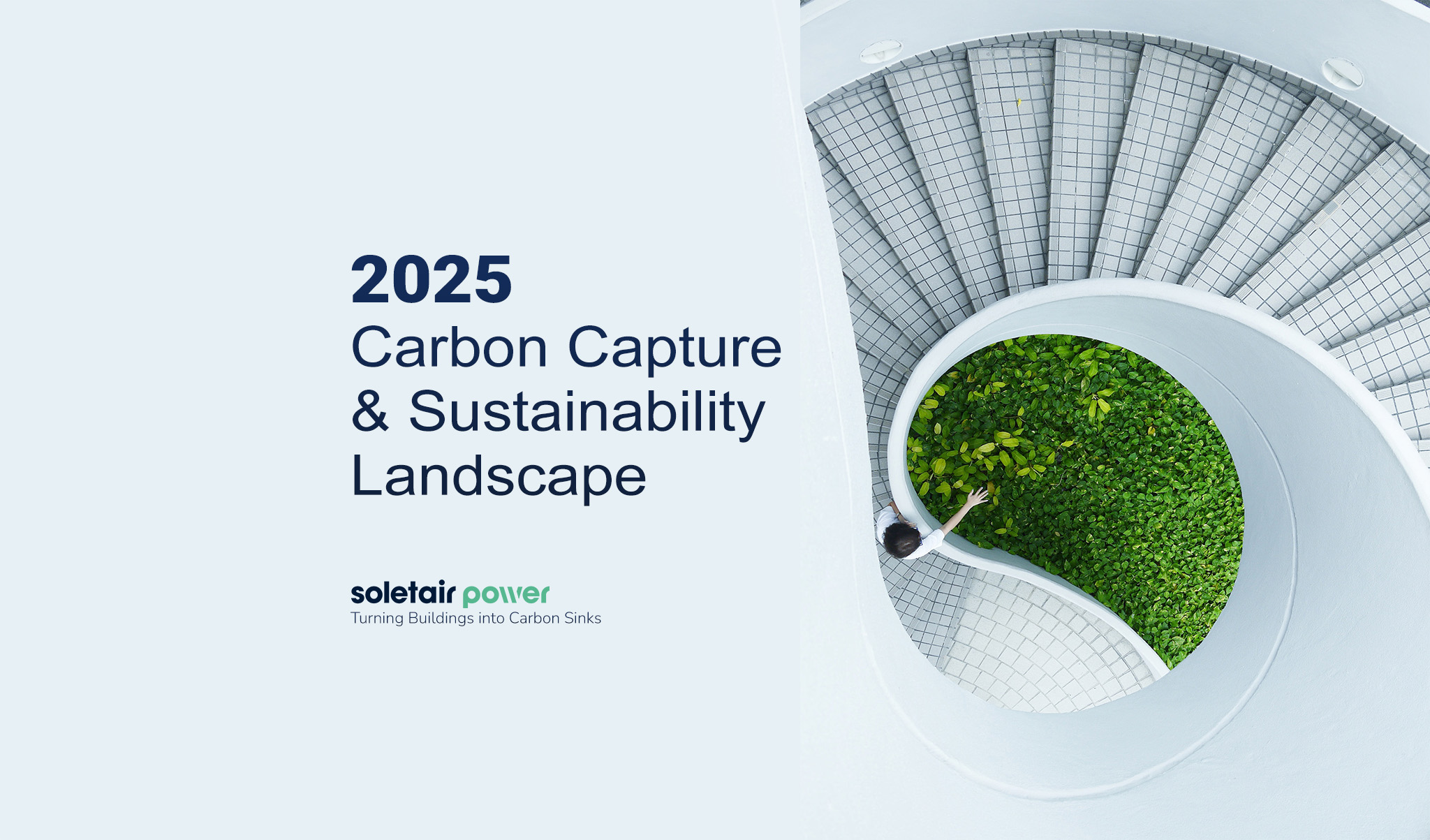Can buildings capture CO2 from the air? Yes. At Soletair Power, we develop modular onsite CO2-capturing technologies for property owners to offset their buildings’ overall carbon emissions.
Our plug-and-play systems can operate in a low-heat environment inside buildings or on office premises. This technology enhances the energy efficiency of heating, ventilation, and air conditioning (HVAC) systems, and also offers a myriad of financial, environmental, and comfort-related benefits.
Financial benefits of retrofitting buildings with Soletair Power Direct Air Capture technology
The installation of onsite carbon capture technology with built-in smart energy-efficient systems significantly reduces HVAC energy consumption. By optimizing the use of energy resources, buildings can operate more effectively, reducing the strain on the grid and lowering energy costs. This decreases operational expenses.

The financial advantages of retrofitting buildings with onsite negative emission technology are substantial. The property values increase, future resale price depreciation risk decreases, rent increases, and the developer can leverage the potential sustainability incentives and obtain a strong return on investment (ROI). This is particularly significant for building owners and managers who seek to reduce their carbon footprint, sustainably and profitably.
Environmental impact of retrofitting buildings with onsite negative emission technology
By capturing CO2 from the air, reducing emissions, conserving resources, and aligning with eco-friendly practices, buildings can contribute to sustainability goals and help mitigate the effects of climate change. This is especially relevant in urban areas, where buildings account for a significant portion of greenhouse gas emissions.
Enhanced air quality, reduced CO2 levels indoors, and regulated temperatures create a healthier, comfortable, and more productive indoor environment. This leads to increased satisfaction and well-being for building occupants, ultimately contributing to improved performance and overall quality of life.
Lastly, the extended lifespan of existing HVAC systems is a significant advantage of retrofitting buildings with onsite negative emission technology. By upgrading to more efficient systems, the need for premature renovations or costly demolitions is reduced, extending the life of the building and minimizing waste. This saves resources, and reduces the environmental impact of new construction.
Impact on global carbon capture system deployment
Retrofitting buildings with distributed direct air capture systems will scale the deployment of carbon capture.
In 2024, investment is picking up in carbon capture and removal. For example the US has commited a comparatively large spending compared with the rest of the world. The Inflation Reduction Act makes tax benefits much more generous. With this, investors can get a $180 per ton credit for removing carbon from the air and storing it underground, for example. The EPA (U.S. Environmental Protection Agency) is considering dozens of applications for wells that can store carbon. And in places like Louisiana and North Dakota, local leaders are fighting to attract projects and investment. California has an ambitious climate plan that incorporates carbon capture and removing carbon directly out of the air. In Denmark, Finland and other parts of the EU, more and more benefits are coming for decarbonizing the built environment through carbon capture technology.
Retrofitting building HVAC systems with onsite carbon capture negative emission technology offers a multitude of benefits, ranging from energy efficiency and financial advantages to environmental sustainability and improved occupant comfort. By investing in this innovative solution, building owners and managers can reduce their carbon footprint and be a part of the broad deployment of distributed DAC as a sustainable practice.
Buildings can truly be a part of the fight against climate change. Direct air capture technology with permanent storage can play a significant role here, as we all work together to reach net zero.





